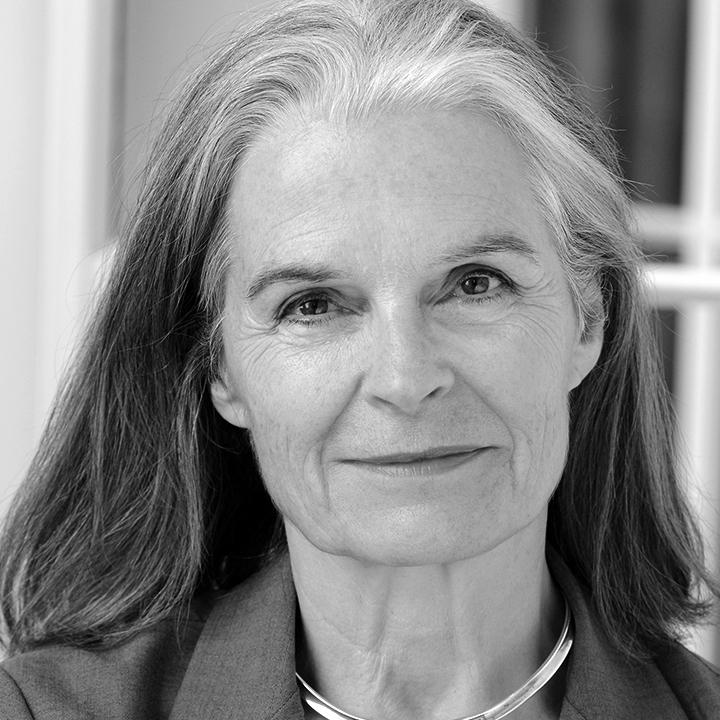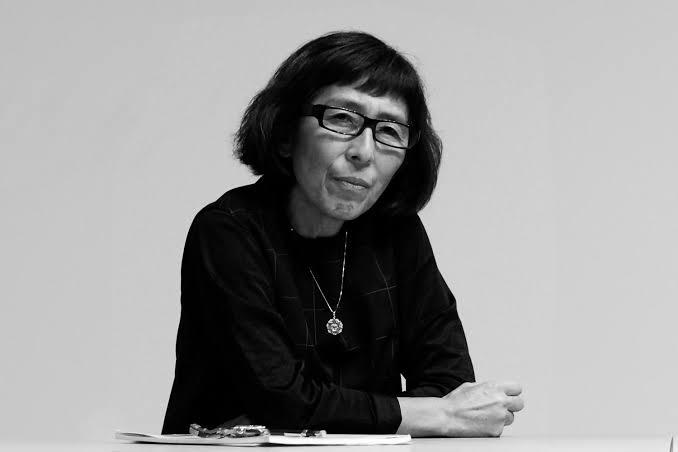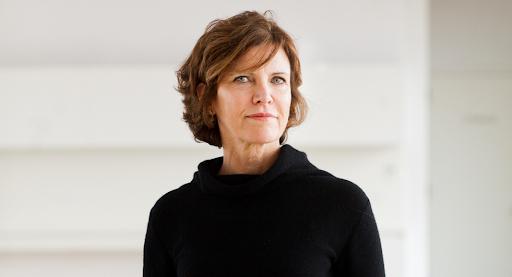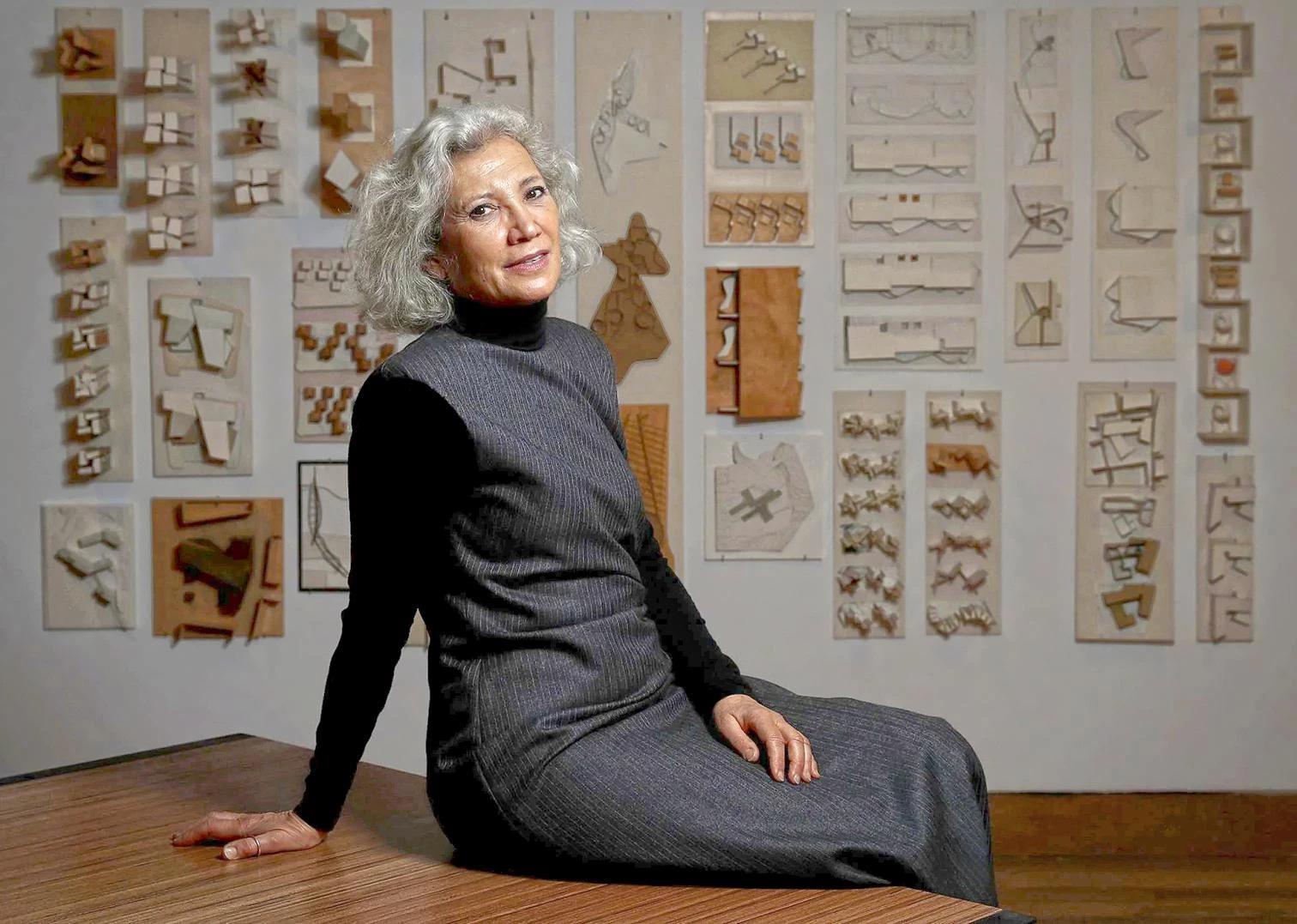KNOW THE ARCHITECT : LE CORBUSIER, SWITZERLAND.
- 7 Dec 2023
- By Deshal Shah
.jpg)
Architect Le Corbusier, born Charles-Édouard Jeanneret-Gris in 1887, was a pioneering figure in modern architecture and urban planning. His innovative designs emphasized functionality, minimalism, and the use of new materials. Le Corbusier's iconic works, such as the Villa Savoye and the Unité d'Habitation, continue to influence architects and shape the landscape of contemporary architecture.
Here are three of Le Corbusier's most renowned and influential works:
1. Villa Savoye (Villa Savoye, Poissy, France)
Completed in 1931, the Villa Savoye is a masterpiece of modern architecture. It exemplifies Le Corbusier's "Five Points of Architecture" and is celebrated for its use of reinforced concrete, piloted (elevated supports), open floor plans, horizontal ribbon windows, and a flat roof garden.
2. Unité d'Habitation (Cité Radieuse, Marseille, France)
Built between 1947 and 1952, the Unité d'Habitation is a groundbreaking housing complex. It features modular apartments, communal amenities, and a unique vertical design that emphasized functional and efficient living spaces. This design concept has influenced numerous housing developments around the world.
3. Chandigarh, India
Le Corbusier was instrumental in the urban planning and architecture of the city of Chandigarh, which became the capital of the Indian states of Punjab and Haryana. His work there includes the High Court, Secretariat, and the Palace of Assembly. These buildings showcase his modernist principles while blending them with local culture and climate considerations.
These three works highlight Le Corbusier's lasting impact on modern architecture and urban planning.
Recently Published
loves or pursues or

.jpg)







.jpg)